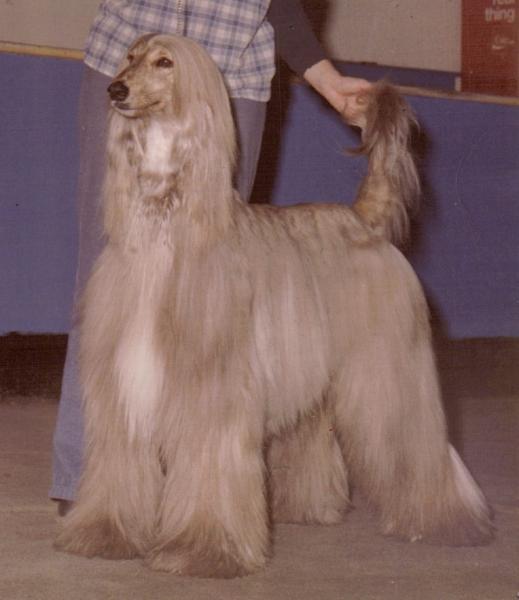Genetic diversity or lack thereof can have real consequences for our diets, and more importantly, for our health.
Genetic diversity refers to both the vast numbers of different species as well as the diversity within a species. The greater the genetic diversity within a species, the greater that species' chances of long-term survival. This is because negative traits (such as inherited diseases) become widespread within a population when that population is left to reproduce only with its own members.
Source: biology online dictionary
Here, I'm talking specifically about within species diversity — as we see with coffee.
The Problem With Coffee
The concern is that the arabica coffee (Cofea arabica), the darling of aficianados, is being threatened by a rust, which is a type of fungus. In 2008 it wiped out 40 percent of Colombia's coffee crop. The problem is that "Cultivated arabica plants have a genetic diversity of just 1.2%, compared with more than 20% for crops such as rice and soy, making it less able to adapt to changing conditions." How to deal with this (besides switching to tea, that is)? Suggested answers include raising healthier trees by amending the soil, devising more effective fungicides, and cross-breeding to incorporate resistance genes from wild relatives. These solutions could certainly help, but would take a fair amount of time to be effective. Enter genetic engineering — why not isolate and incorporate those same resistance genes from wild relatives into the arabica genome? It certainly would be faster than cross-breeding, and wouldn't require the development of new pesticides.
 The Problem With The Pooches
The Problem With The Pooches
The issue with domestic dogs (Canis lupus familiaris) is somewhat different. One has only to look at the wide variety of shapes and sizes to see that there's a lot of diversity within the dog species. But if you drill down to the various purebred animals, the same issue becomes apparent. Because they're trying to breed dogs to conform to physical standards (and thus win at dog shows), breeders have resorted to breeding relatives with each other (e.g., fathers with daughters, siblings, etc.) to retain and refine those coveted characteristics. And the results are animals with a variety of ills — German shepherds with hip dysplasia, short-snouted dogs that can't breathe well and are intolerant of heat (e.g., English bulldogs, boxers, and pugs), Siberian huskies with endocrine problems, for example. It's not a cheap problem — Americans spend billions on veterinary care for their pets, and while it's not all due to inbreeding issues, a lot is. It's no wonder that some breeders (and customers) have been making cross-breeds such as the goldendoodle (golden retriever-poodle cross) or the cockapoo (cocker spaniel-poodle cross) more popular.
There are certainly means of dealing with the morbidity issues in purebred dogs. One solution of course is increasing the within-breed genetic diversity, perhaps by bringing in unrelated or less related dogs of the same breed and/or cross-breeding with other breeds. And with respect to the specific diseases that many purebreds carry, isolating suspect genes and replacing them with other versions (either from the same or different breeds) could provide a clear benefit.It remains to be seen how those involved with the various breeds will cope with these issues. However, gene therapy just might be the fastest and most efficient way to deal with them.
And What About People?
Yes, of course there have been issues with genetic diseases in humans as well — often due to inbreeding (and thus a lack of genetic diversity within those populations) in some populations. For example, it is known that Ashkenazi Jews are at a higher risk of Tay-Sachs disease than other groups. This could be due to a so-called bottleneck effect, i.e. a situation in which there has been a relatively small group of breeding couples, making inbreeding more likely. There is no cure, but there is testing available so that prospective parents know whether or not they have a high chance of having offspring with the disease.
Whatever the reasons, lack of genetic diversity in plants, animals and humans is an issue that can be dealt with, at least in theory, by genetic engineering. We should be accelerating research into how best to utilize this powerful technology to address such problems.




